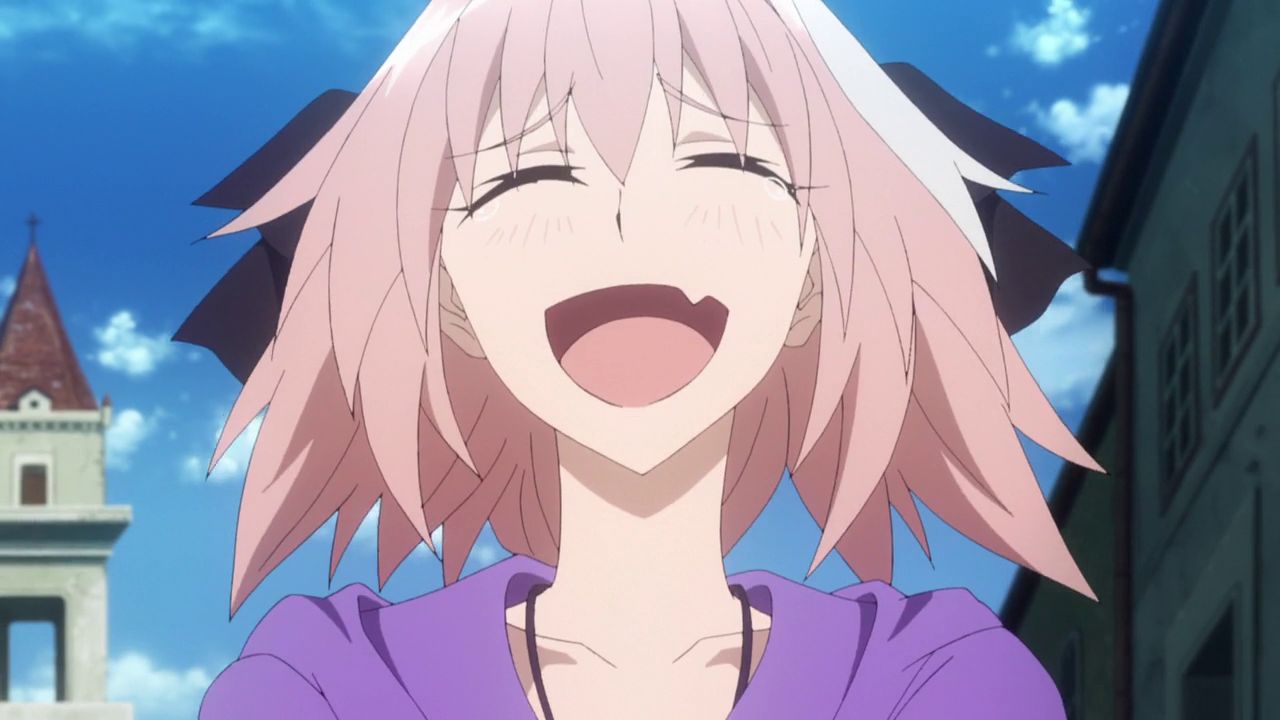Exploring The Fascinating World Of Androgynous Anime Characters
Anime androgynous characters have gained immense popularity in the world of anime, captivating audiences with their unique aesthetics and complex narratives. These characters, often designed to blur the lines between traditional gender roles, offer a fresh perspective in storytelling and character development. As fans of anime, we are increasingly drawn to characters that embody fluidity, challenging societal norms and expectations.
This article dives into the rich tapestry of androgynous characters in anime, exploring their significance, representation, and impact on culture. We will also examine some iconic androgynous characters and series, providing insights into what makes them so compelling. By the end of this article, you will have a deeper understanding of the androgynous phenomenon in anime and its implications for both fans and creators.
Whether you are a seasoned anime enthusiast or just beginning your journey into this vibrant world, this exploration of anime androgynous characters promises to be enlightening and engaging. Join us as we unravel the layers of complexity that define these unique figures in the anime landscape.
Table of Contents
- Understanding Androgyny in Anime
- A Historical Context of Androgynous Characters
- Notable Androgynous Anime Characters
- The Cultural Impact of Androgynous Characters
- Gender Representation in Androgynous Anime
- Fan Reception and Interpretation
- Future Trends in Androgynous Anime
- Conclusion
Understanding Androgyny in Anime
Androgyny refers to a blending of male and female characteristics, creating a unique identity that does not conform strictly to traditional gender norms. In anime, androgynous characters are often designed with features that can be interpreted as either masculine or feminine, making them visually striking and compelling.
These characters can be protagonists, antagonists, or supporting figures, and they often play pivotal roles in the narrative. The concept of androgyny in anime serves not only as a design choice but also as a means to explore themes of identity, acceptance, and societal expectations.
Characteristics of Androgynous Characters
- Ambiguous physical traits
- Gender-neutral clothing styles
- Complex personality traits that defy stereotypes
- Engagement with themes of identity and self-discovery
A Historical Context of Androgynous Characters
The portrayal of androgynous characters in anime can be traced back to earlier works in Japanese literature and theater, such as the Takarazuka Revue, where female performers play male roles. This tradition laid the groundwork for the androgynous representations we see in contemporary anime.
In the 1980s and 1990s, with the rise of shoujo and shounen anime, characters began to embrace more fluid gender expressions, leading to the diverse array of androgynous figures we see today.
Notable Androgynous Anime Characters
Several characters have become iconic representations of androgyny in anime. Here are a few notable examples:
- Yuki Eiri from "Gravitation" - A famous novelist with strikingly feminine features.
- Shuichi Shindou from "Gravitation" - A pop singer whose gender expression challenges norms.
- Himura Kenshin from "Rurouni Kenshin" - A wandering swordsman with an androgynous appearance.
- Gojou Satoru from "Jujutsu Kaisen" - A powerful sorcerer with a stylish yet ambiguous look.
The Cultural Impact of Androgynous Characters
Androgynous characters in anime have contributed to discussions about gender identity and expression. They often resonate with viewers who may feel marginalized by traditional gender roles.
The portrayal of these characters has encouraged greater acceptance of diverse identities in anime and beyond, fostering a more inclusive environment for fans and creators alike.
Gender Representation in Androgynous Anime
Gender representation in anime has evolved significantly over the years. Androgynous characters challenge the binary understanding of gender, allowing for a broader interpretation of identity. This representation is crucial for audiences seeking characters they can relate to.
By showcasing characters who defy traditional gender norms, anime helps to normalize diverse identities and encourages discussions about the fluidity of gender.
Fan Reception and Interpretation
The reception of androgynous characters by fans can vary. Many fans appreciate the depth and complexity these characters bring to their stories, while others may struggle with the ambiguity of gender representation.
Fan interpretations often lead to discussions about the implications of androgyny in anime, promoting a deeper understanding of gender identity and expression.
Future Trends in Androgynous Anime
As society continues to evolve, so too will the representation of androgynous characters in anime. The growing acceptance of diverse identities suggests that we will see even more characters that challenge traditional gender norms in the future.
Creators are increasingly embracing this trend, and audiences are responding positively, indicating a bright future for androgynous representation in anime.
Conclusion
In conclusion, androgynous characters in anime play a vital role in shaping narratives and challenging societal norms. Their unique designs and complex personalities resonate with audiences, fostering discussions about gender identity and expression.
As we continue to explore the world of anime, it is essential to appreciate the contributions of androgynous characters and advocate for inclusivity in storytelling. We encourage you to share your thoughts on androgynous anime characters in the comments below and explore more articles on this fascinating subject.
Thank you for joining us in this exploration of androgynous anime. We hope you return for more insights and discussions in the future!
Susan Downey: The Life And Impact Of A Hollywood Powerhouse
Battlefield Release: Everything You Need To Know About The Latest Installment
Childe Henshin: Unlocking The Secrets Of Transformation In Genshin Impact


